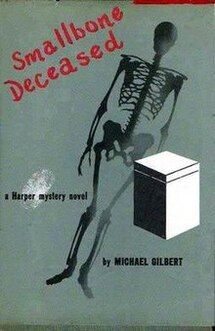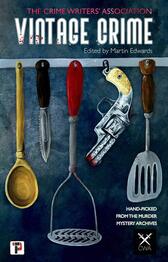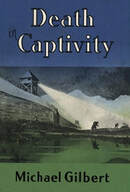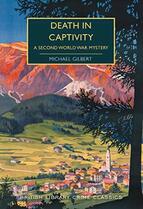
The mystery at heart is a good one, smartly clued and one that becomes more immediate and intricate when a second after-hours murder occurs. There are only two minor points that briefly pulled me out of the story. (Do note that neither point detracts too much from an otherwise highly satisfying reading experience.)
If you have not yet read Smallbone Deceased, don't let my magnification of the sole two sticking points (for me) deter you from sampling a wonderful workplace mystery. Characterization, tone, and plot support one another to create an excellent reading experience. And if you want a second, third, or fourth opinion, you need only look to my colleagues for their reactions: visit Tracy at Bitter Tea and Mystery, J.F. Norris at Pretty Sinister Books, Les at Classic Mysteries, Kate at crossexaminingcrime, Nick Fuller at The Grandest Game in the World, and Martin Edwards' Crime Writing Blog.



 RSS Feed
RSS Feed